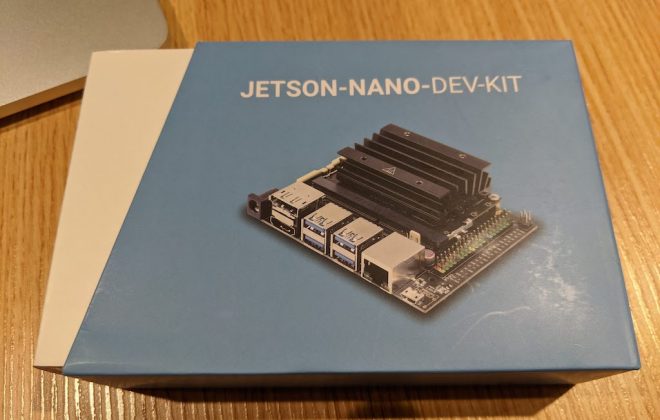Up to 14K over 11K! Ultra-high quality 360 camera ideal for VR is now available!
2022-03-04 2022-03-04
A new series of high quality cameras with up to 45 megapixels and a large 4/3-inch image sensor for ultra-high image quality is now available.
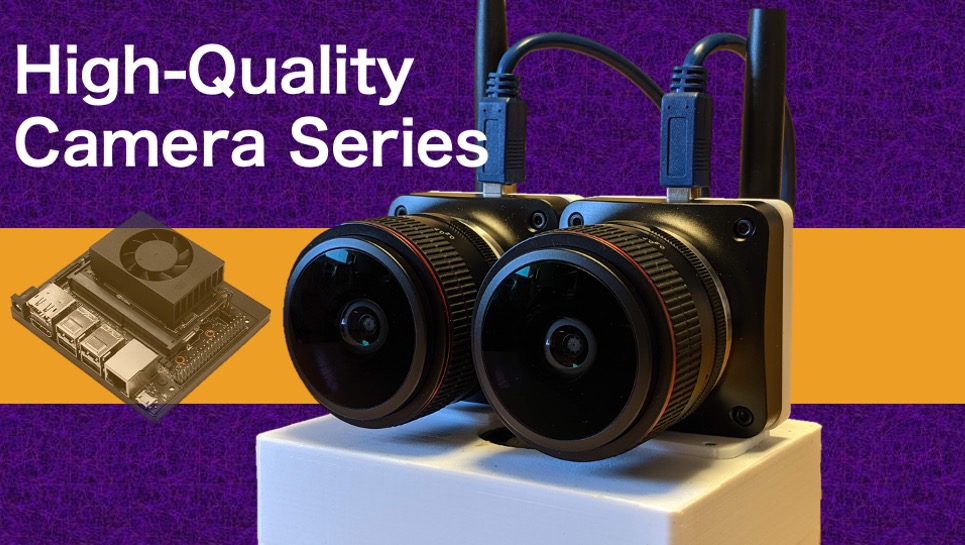
Hello, my name is GAKU from the Picam360 development community.
A new lineup of Picam36o high quality camera series, equipped with a large 4/3-inch image sensor and offering ultra-high quality 360-degree images, is now available.
PICAM360 High Quality Camera Series
Up to 14K, 45MP and 21MP models
Two models are available.
PICAM360-FT45MP
Equipped with a 45-megapixel, ultra-high resolution, four thirds size image sensor. This panoramic camera is designed for the highest resolution.
The resolution is up to 14K in full-dome equivalent (*).
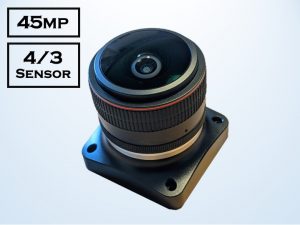
| Model | PICAM360-FT45MP |
| View Angle | Horizontal:190° Vertical:150° |
| Sensor | Sony Special |
| Resolution | 45 mega pixels |
| Frame-rate | Full-dome equivalent 14K@8FPS Full-dome equivalent 7K@30FPS |
| Supported Device | Jetson Xavier NX |
| Price | 1,500 USD |
(*)In general, most 360 cameras are full-dome, and for the sake of comparison, the resolution is expressed as the equivalent of two cameras full-dome.
PICAM360-FT21MP
Equipped with a 21-megapixel, four-thirds size image sensor. This panoramic camera is designed to balance resolution and frame rate.
The resolution is 10K in full-dome equivalent.
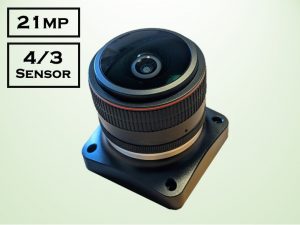
| Model | PICAM360-FT21MP |
| View Angle | Horizontal:190° Vertical:150° |
| Sensor | Sony Special |
| Resolution | 21 mega pixels |
| Frame-rate | Full-dome equivalent 10K@17FPS |
| Supported Device | Jetson Xavier NX |
| Price | 1,500 USD |
Jetson Xavier NX
The High Quality Camera Series supports the Jetson Xavier NX.
Purchase requests and product inquiries
Please contact us from <here>.
A kit with Xavier NX + 2 camera configuration is also available.
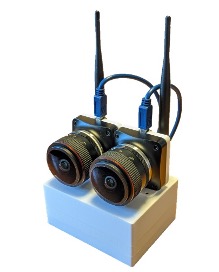
POSTSCRIPT
Metaverse Trends Will Definitely Drive Higher Resolution in VR
Facebook has changed its name to Meta, and the Metaverse is a hot topic these days. Metaverse uses VR headsets, and the best-selling VR headset is Meta’s Oculus Quest2 (Meta Quest2).
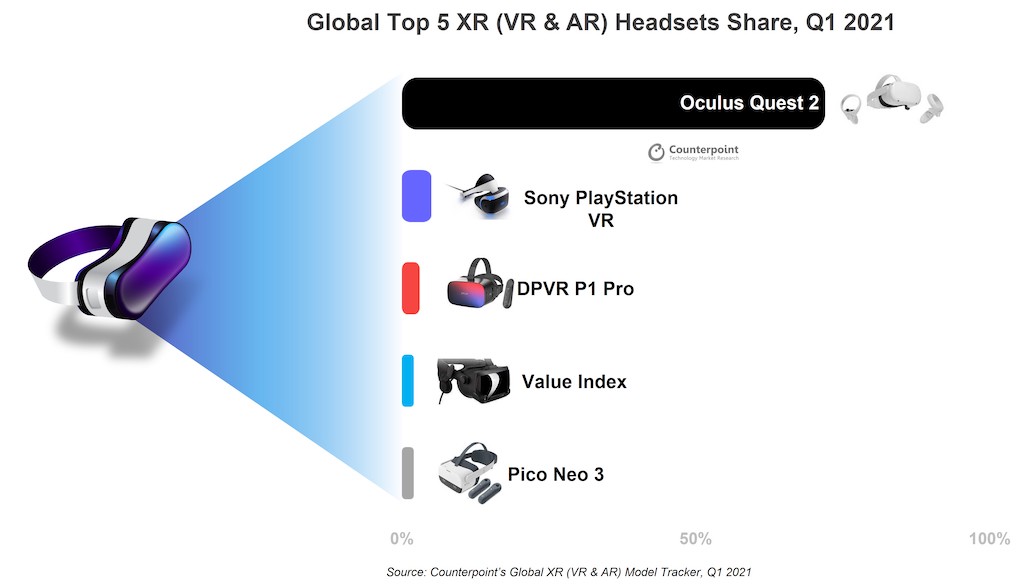
Higher camera resolution
The resolution of the Oculus Quest2 display is 1832 x 1920 per eye, which is roughly 2K. FullHD (1920×1080), the standard resolution for PC monitors, is also 2K. To display in dot-by-dot (the video resolution within the viewing angle matches the monitor resolution) on Quest2 with a viewing angle of less than 90 degrees, the 360 camera resolution needs to be 8K (360 / 90 = 4, so 4 times 2K). Since many consumer products have a resolution of nearly 6K and the video resolution is insufficient for viewing on VR headsets or computer monitors, 360-degree cameras with higher resolutions, such as Kandao’s Qoocam 8K, are now available. The monitor resolution of the headset will also increase, so at least 8K is required at this time, and more will be needed in the future.
(The problem exists that higher resolution requires higher specifications for the viewing environment. I assume that this is one of the reasons why there are few high-resolution cameras for consumer use. Picam360 software is one solution to that problem. This will be mentioned below)
The same goes for VR headsets
Using the best-selling Oculus Quest2, the resolution is indeed high and the pixel grid is barely noticeable, but I still feel it is not enough. In terms of visual acuity, it feels like 20/25. FullHD (1920×1080) is the standard in the world of PC monitors, and although there are many monitors that exceed 4K or even higher these days, FullHD was one of the necessary and sufficient levels to reach. In VR headsets, I consider 4K resolution per eye, double what we have now, to be a necessary and sufficient line (20/13 visual acuity). That will probably happen in a few more years.
Camera sensor size is important
A larger pixel count does not necessarily mean better image quality. Image quality is determined by sensor resolution, sensor size, lens resolution, and a variety of other factors. Sensor size is one of the most important factors in measuring camera performance. Image sensors are semiconductors that convert light entering through the lens into electrical signals. The larger the sensor, the more light it can collect, the wider the range of tones it can express, and the more noise-resistant it is.
Ultra-lightweight streaming in its element
I mentioned the higher resolution of 360-degree cameras and VR headsets, but the problem that arises with higher resolution is data size. At the 8K level, even locally placed video files cannot be played back without high computer specifications. Also, a sufficiently fast network is required for network streaming. As a result, the viewing environment is limited even when high quality images are available, which I believe is a factor slowing the spread of 360 video usage. Picam360 software is one solution to this problem. It allows for ultra-lightweight streaming of high-resolution 360-degree videos, compressing data size while maintaining high quality.
I have included a detailed explanation in my previous post:
That’s all for this post. I will publish the video taken with a high quality camera at a later date.
- Picam360 Link:
- Web Site: https://www.picam360.com
- Web Store: https://store.picam360.com
- Twitter: https://twitter.com/picam360
- Facebook: https://www.facebook.com/Picam360/

